What Is Agarwood? Definition and Formation
What is agarwood? Agarwood is a fragrant resinous material that forms inside certain trees—mainly in the Aquilaria and Gyrinops genera—after they are wounded and infected by fungi. When an agarwood tree (for example, Aquilaria sinensis or Aquilaria malaccensis) suffers damage to its bark or wood, it secretes a resin rich in volatile oils. Opportunistic fungi invade this resin-filled zone, triggering a prolonged biochemical battle that, over years or even decades, transforms ordinary “white wood” into dense, dark agarwood.
The Role of the Agarwood Tree and Essential Conditions
- Species: Only members of the Thymelaeaceae family—primarily Aquilaria and Gyrinops—produce true agarwood.
- Age & Size: Mature trees (25+ years old, trunk diameter ≥ 15 cm) generate substantial resin.
- Climate & Soil: Warm (≈ 28 °C), humid (≥ 70% RH) environments within 20° N latitude and iron-rich soil (≥ 3 mg/kg Fe) promote resin formation.
- Wounding & Infection: Natural injuries (lightning, storms, insect borers, animal bites) or human-induced wounds (drilling, cutting, controlled burning) are required to initiate agarwood formation.
Step 1: Tree Injury Triggers Agarwood Formation
- Natural Factors: Lightning strikes, windstorms, insect infestation, and animal grazing damage bark and wood.
- Human Intervention: Drilling 3–5 mm holes, cutting bark, or applying controlled burning to create wounds.
Any breach of the bark and xylem layers signals the tree’s immune system to respond and sets the stage for future resin production.
Step 2: The Tree’s Defense and Resin Secretion
- Resin Secretion: A viscous, aromatic resin rich in sesquiterpenes and chromones is produced to seal the wound and block pathogens.
- Protective Barrier: The resin plug slows moisture loss and restricts fungal spread, gradually saturating surrounding wood fibers.
Step 3: Fungal Infection and Microbial Interaction
- Fusarium solani (primary initiator)
- Aspergillus niger (oxidation facilitator)
- Clostridium species (anaerobic fermentation aid)
In natural forests, more than a dozen fungal species colonize wounds, creating a dynamic microbial ecosystem. The tree responds by producing increasingly complex resin compounds, while fungal enzymes drive oxidation, hydrolysis, and condensation reactions that build the agarwood fragrance profile.
Step 4: Resin Deposition, Maturation, and Timeline
- 0–1 Month: Resin droplets appear around wounds 2–4 weeks after injury.
- Year 1: Resin remains light-colored and sticky.
- Year 3: Resin turns golden and becomes more viscous.
- Year 5: Resin hardens and darkens to deep brown.
- Year 8+: Black, dense resin forms; wood becomes heavy and sinks in water.
Resin infiltrates wood at approximately 0.4 mm per year via vascular rays. Optimal maturation occurs at ≈ 28 °C and humidity above 70%.
Wild vs. Artificial Agarwood: Depth vs. Speed
- Wild Agarwood: Forms over 8–15+ years in natural wounds (roots, branch forks, lightning scars). Resin spreads in irregular, cloud-like pockets, yielding rich aroma layers.
- Artificially Induced Agarwood: Producers drill holes, inject a solution of sugar, salt, fungal spores, and methyl jasmonate, then seal wounds with wax and apply heat (≈ 45 °C). Resin appears in 6–12 months but remains superficial (≤ 2 cm radius), often lacking depth and complexity.
What Does Agarwood Smell Like? Fragrance Profile
- Top Notes: Cool, fresh, herbal or minty.
- Middle Notes: Sweet, floral, fruity, or honeyed.
- Base Notes: Balsamic, creamy, milk-like warmth with a lingering cool finish.
What Is Agarwood Used For? Incense, Oil, Perfume, Jewelry
- Agarwood Incense: Powdered resin or blended formulas burn slowly with minimal smoke, ideal for meditation and rituals.
- Agarwood Essential Oil: Steam-distilled from resinous wood for aromatherapy and luxury perfumery.
- Agarwood Perfume: High-concentration fragrance blends showcase complex, evolving scents.
- Agarwood Jewelry: Beads or solid wood pieces worn as portable aromatherapy.
How Much Is Agarwood per Kilo? Price and Cost Breakdown
- Kynam: Ultra-rare, oily, numbing; can exceed $10,000 per kilo.
- Sink-grade: Dense resin that sinks; $2,000–$5,000 per kilo.
- Sub-sink (“zhan xiang”): Partially submerged; $500–$2,000 per kilo.
- Floating-grade: Low resin; $100–$500 per kilo.
Quality Tiers and Identification Methods
- Water Test: Wood sinks, partially sinks, or floats based on resin content.
- Touch Test: Authentic agarwood feels oily and leaves a white mark when scratched.
- Burning Test: Burns with straight white smoke and no crackling.
- Blade Test: Shaved curls react within 20 seconds when exposed to air.
- UV Fluorescence: Golden speckles under 365 nm UV light.
Producing Agarwood Powder for Incense
- Select fully matured, resinous wood.
- Remove residual white wood with non-metallic tools.
- Air-dry under ≤ 60% humidity for approximately 2 years.
- Coarse crush with a non-metallic grinder.
- Fine mill to at least 100-mesh.
- Screen out fiber impurities.
- Store in airtight, light-proof containers away from moisture and other fragrances.
How to Plant Agarwood: Global Cultivation Tips
- Philippines: Plant quality seedlings in iron-rich, well-drained soil under partial shade. After 5–7 years, induce resin by drilling and fungal inoculation.
- United States: Strict climate and soil requirements make greenhouse or controlled-environment cultivation recommended.
Related FAQs
- What is agarwood used for? See “Incense, Oil, Perfume, Jewelry.”
- Is oud the same as agarwood? Yes—“oud” is another name for agarwood resin.
- Does agarwood smell good? High-grade wild agarwood is prized for its complex, evolving aroma.
- How to plant agarwood in the Philippines? Source quality seedlings, use iron-rich soil, and apply fungal inoculation after maturity.
From what is agarwood to how much is agarwood per kilo, this comprehensive guide explains why agarwood remains one of the world’s most valuable and mystical fragrances.

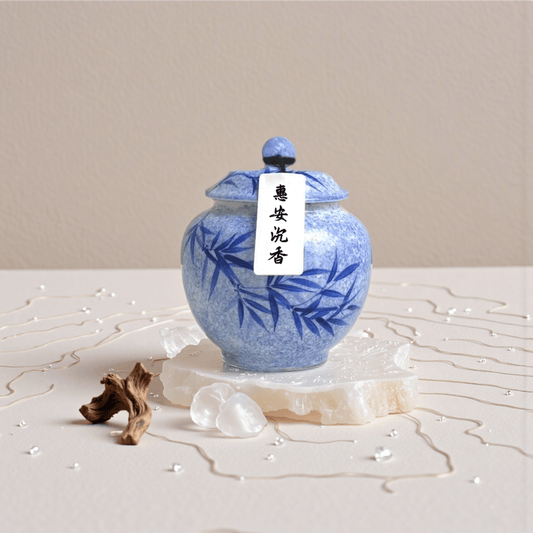
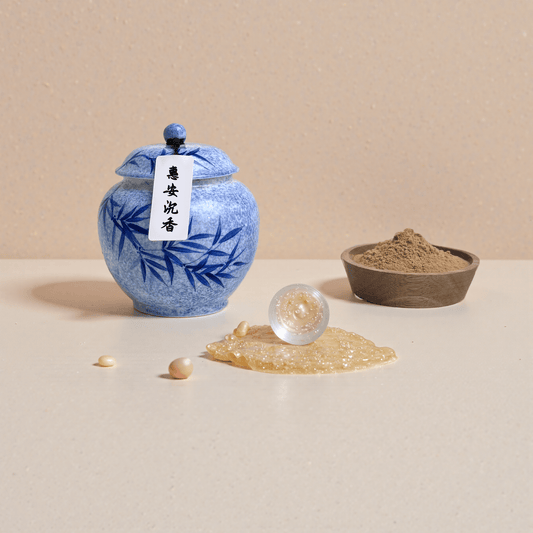
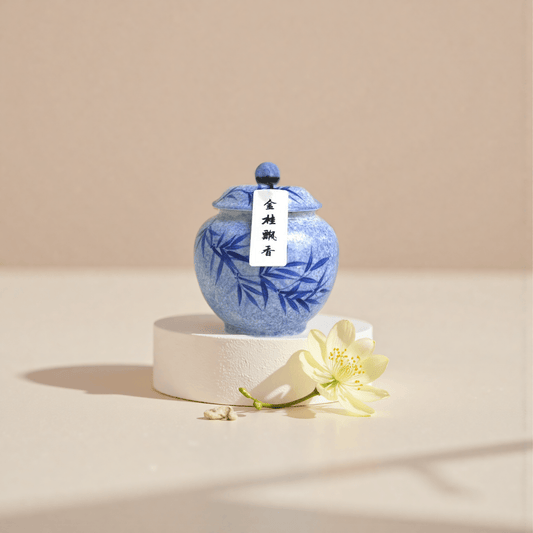
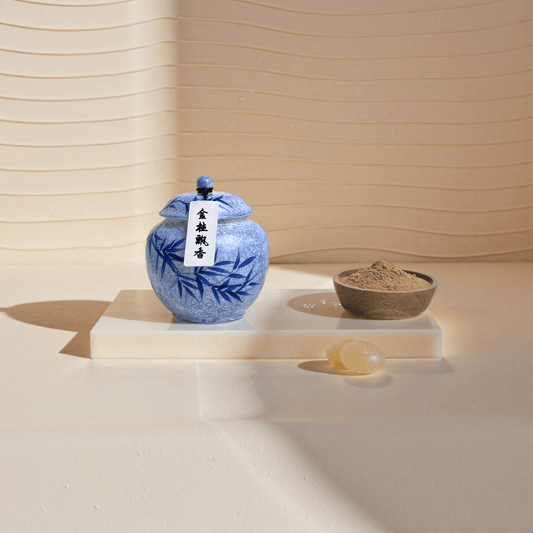
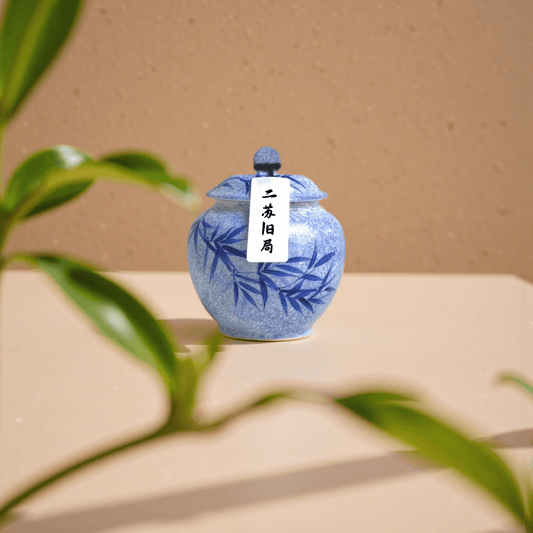


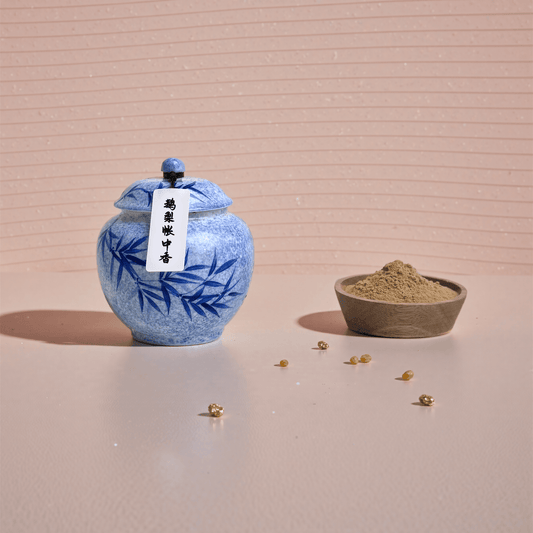
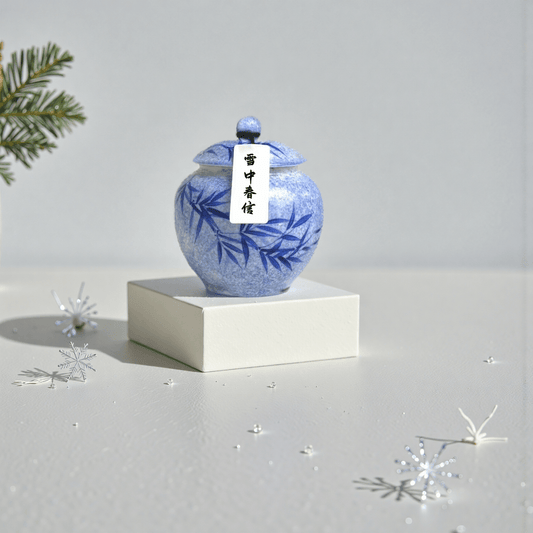
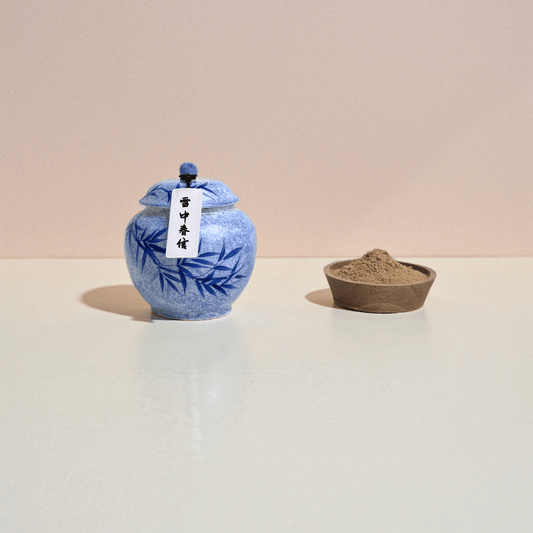
No comments